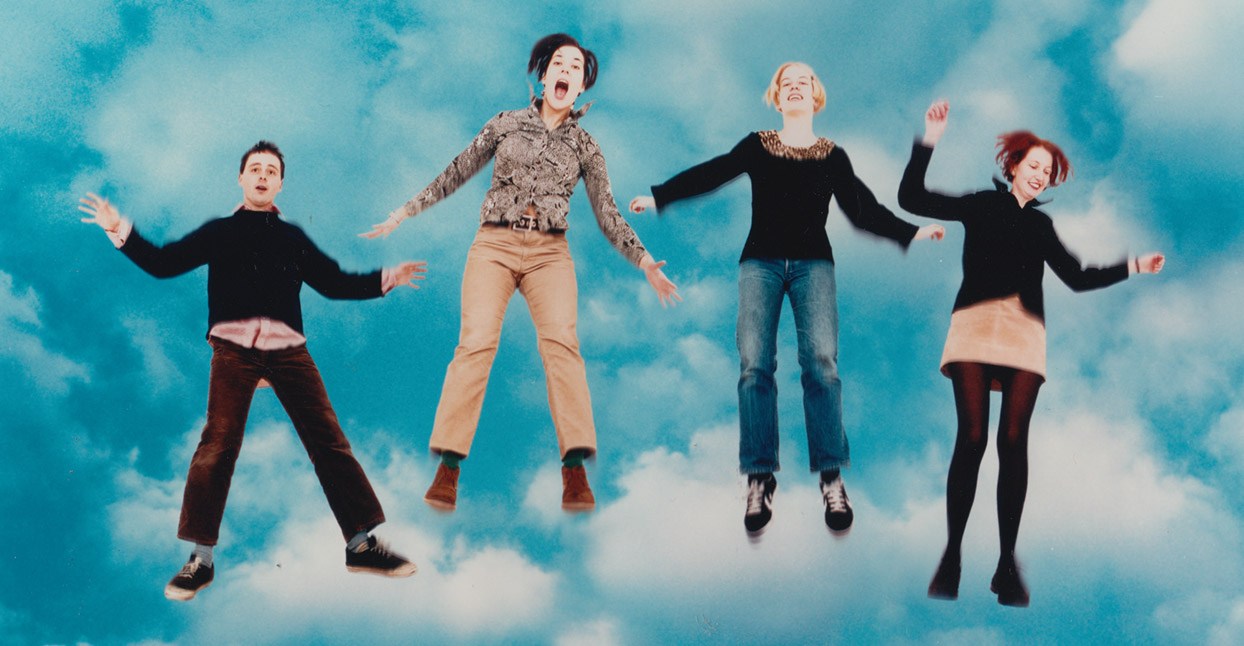Origins and early sound
Stereolab formed in London in 1990. They quickly gained attention with a mix of krautrock, bossa nova, space-age pop, and electronic textures. The distinct vocals of Laetitia Sadier and politically engaged lyrics made them stand out. Their early work laid the foundation for a retro-futuristic sound that shaped alternative music.
Albums that marked the 1990s
The discography of Stereolab includes ten studio albums. Titles such as “Emperor Tomato Ketchup”, “Dots and Loops”, and “Transient Random-Noise Bursts with Announcements” became milestones of the decade. The band created atmospheres that were both retro and futuristic. Minimalist rhythms and layered arrangements defined their style. Critics still consider them among the most influential acts of their era.
Influence on new generations
The impact of Stereolab can be heard in bands like Tame Impala, Broadcast, and Air. Their combination of pop melodies and avant-garde structures inspired many. Audiences admire their refusal to follow genre boundaries. The music feels nostalgic and modern at the same time, always fresh and engaging.
Comeback and reissues
In 2019 the band returned after a break. They reissued cult albums and launched a world tour, delighting longtime fans and attracting younger listeners. The comeback confirmed Stereolab as a group that bridges past and future.
New album “Instant Holograms On Metal Film”
In 2025 they released “Instant Holograms On Metal Film”. The album received strong reviews, showing their ability to stay inventive. The record blends avant-garde ideas, electronic sound, and pop melody. The current lineup features Tim Gane, Laetitia Sadier, Andy Ramsay (drums), Joseph Watson (keys, vibraphone, vocals), and Xavier Muñoz Guimera (bass, vocals). Even after three decades, the band continues to push boundaries and inspire.
